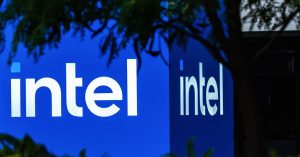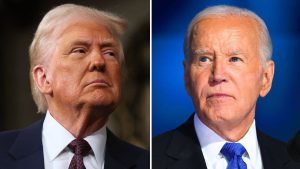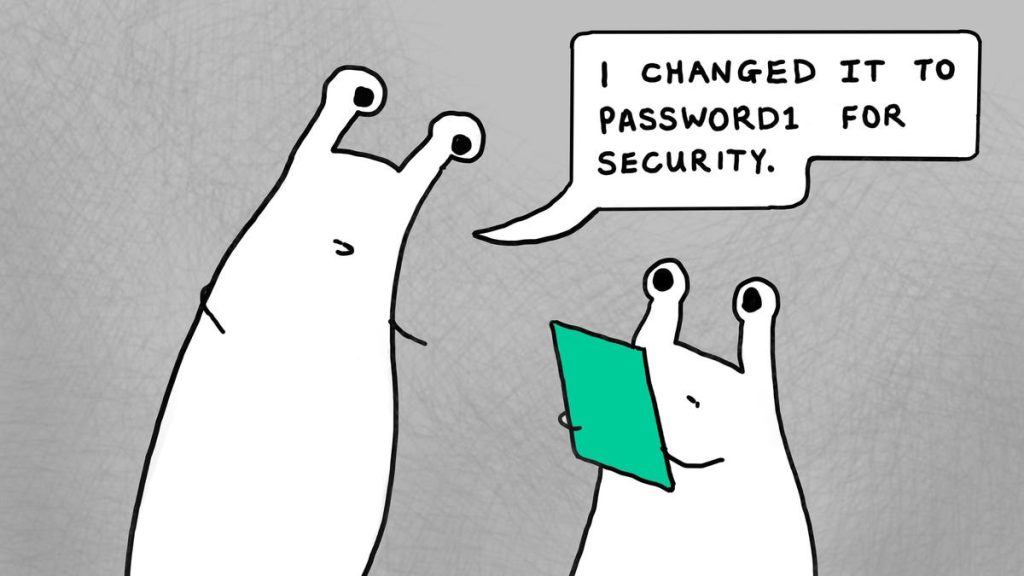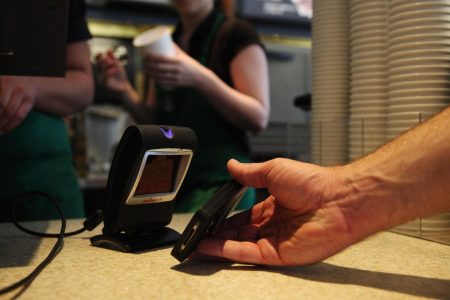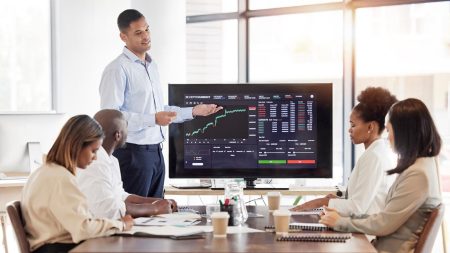Amazon
AMZN
Mass-Market Payments
Now, some people (me, for example) might prefer the choice of presenting different credentials in different circumstances. On my phone I have both my work credit card and my personal credit card and might want to choose one or the other depending on what I am buying and where. Similarly, I have a ring that is linked to a prepaid card that I use when I am out and about in London and want to pay for the bus, subway or coffee without presenting my iPhone or reaching for the cards in my back pocket. But for a great many people who shop at Whole Foods every week and always pay using the same card and always present their loyalty card, the AmazonOne approach is simple, safe and speedy.
In-store biometric payments are not new, by the way. One of the first blog posts I ever wrote, back in 2007, was about trials with fingerprint payments at a number of stores including Piggly Wiggly. I wrote at the time that driver for such payments would be convenience, not security, and that the mass market use would be delayed because of the arrival of contactless payments! My reasoning, reinforced with the launch of Apple’s
AAPL
We know this is the case in travel. Last year’s International Air Transport Association (IATA) Global Passenger Survey showed that three-quarters of passengers want to use biometrics instead of a passport and boarding pass and of the third who have already used it, nine in ten profess satisfaction. IATA also found that almost half of all passengers remain rightly concerned about data protection, a figured echoed in another survey of 1,000 global consumers earlier this year which found that 48% have concerns about fraud protections, privacy, and security.
(I think most people would recognise that biometric authentication is a significant advance over passwords, for example, and I for one rejoice when I can use FaceID on my iPhone or FingerID on my Mac instead of having to remember and then enter the relevant password!)
These concerns are real: The industry must ensure that people’s biometric data is handled appropriately (this is where new technology can help significantly, by the way) to give both consumers and businesses confidence. Assuming that this is done, then I expect to see the use of biometrics in this mode to spread. At Coors Field in Denver, a brewery allows customers enrolled in Amazon One to wave their palm to verify their age instead of presenting a driver’s licence or whatever and there are already other players beyond Amazon in this space. An example is CLEAR, familiar to U.S. travellers at airports. Some sports stadia (eg, Las Vegas Raider’s Allegiant Stadium) already use CLEAR’s ID to allow fans to order alcoholic beverages from their seats using face recognition on their phones. These and other applications are why the global biometric industry is expected to grow from almost $43 billion last year to something like $83 billion by 2027.
Where Next?
Global biometric payments are expected to reach $5.8 trillion in value with three billion users by 2026, according to Goode Intelligence. There is no doubt then that the use of biometrics to replace devices seems assured and many customers will find it very convenient: The ability to execute both payments and loyalty transactions in a single action makes for an appealing end to the shopping experience. But I think it may have another interesting impact on the world of payments downstream. When you scan your palm, Amazon knows that you are you. And you, of course, know that you are in Whole Foods. So why bother with routing the transaction through card networks with their roots in the post-war, pre-internet boomer interval of mutual identity uncertainty?
Why not just give Amazon permission to push the money from your bank account into their bank account, via open banking interfaces over instant payment rails such as the UK’s Faster Payments, Pix in Brazil or FedNow in the US? Then Amazon can award you Amazon loyalty points instead of paying your card issuer to reward you with their loyalty points.
This is why I think that biometrics at point-of-sale will mean significant change in the payments landscape and I’m sure that I am not the only industry observer to see this coming.
Read the full article here

